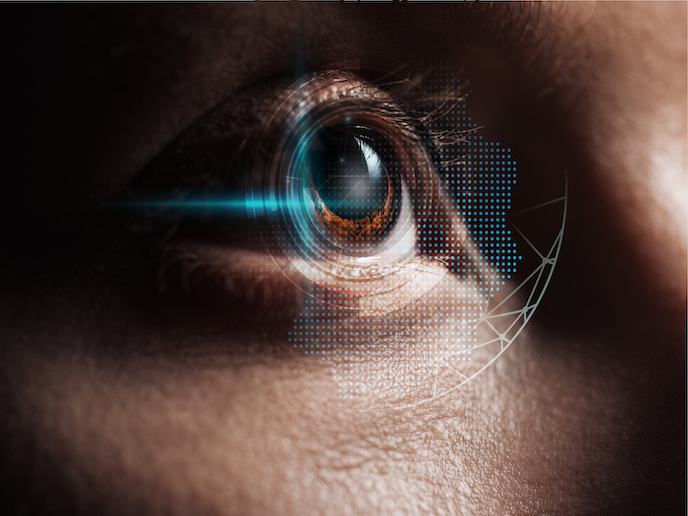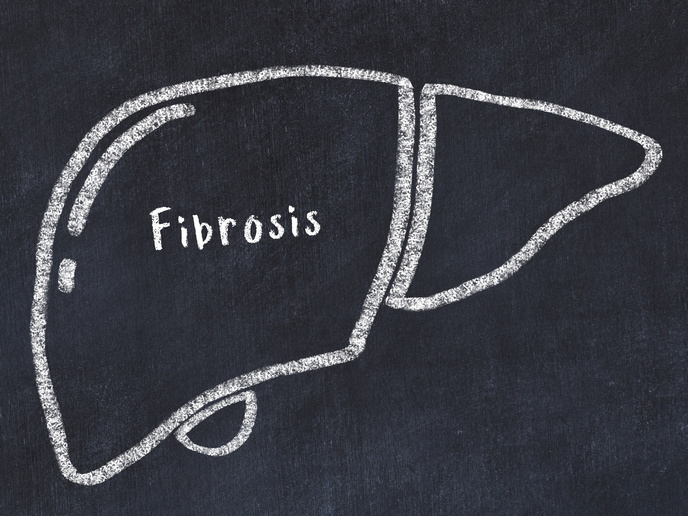AI-powered retinal scanner picks up early signs of diabetic retinopathy
A growing number of people are at risk of severe vision impairment, and potentially blindness, due to diabetes. Diabetic retinopathy(opens in new window) (DR) is a complication in which high blood sugar levels damage the retina. It affects over 160 million people worldwide, and is the most common cause of blindness among diabetics. Early diagnosis, treatment and management can improve the outcome significantly, leading to a successful prevention of vision loss in 95 % of cases. Yet current screening and detection methods are costly, and require expert training on specific medical devices. Mass screening programmes are therefore difficult, particularly in developing countries. “Traditional table top cameras cost between USD 25 000 and USD 90 000 and are beyond the means of most primary healthcare clinics in developing countries. Smartphone accessories offer a low-cost solution but are compromised on accuracy and reliability,” says Aarti Kapoor(opens in new window), director of Commercial Strategy at Oivi(opens in new window), and iScan project coordinator. The EU-funded iScan project has devised a new scanning method based on artificial intelligence (AI) which can be used with little training and specialised equipment. The retinal screening device integrates a camera, image processing software and machine learning algorithm to analyse the images captured and detect signs of DR. It is portable and could be used by primary care physicians or pharmacists. “We want to democratise eye health, such that it’s accessible and affordable to every diabetic person in the world,” Kapoor adds.
Intelligent screening
The iScan camera takes a digital picture of the back of the eye. It shows the retina (where light hits), the optic disk (a spot on the retina that holds the optic nerve), and blood vessels. In the early stages of DR, the blood vessels in the retina weaken. Tiny bulges protrude from the vessel walls, sometimes leaking or oozing fluid and blood into the retina. Nerve fibres in the retina may swell, producing white spots in the retina. This leads to microaneurysms and retinal haemorrhages. “The iScan camera automatically identifies features of DR, while extracting a unique network of blood vessels to identify the retina. A hardware-accelerated neural computer engine performs the screening in real time in the camera,” explains Kapoor.
Set for trials
So far, no competing solutions have succeeded in creating a fully automated portable and affordable device that is easy to use, with such high image quality and a highly accurate AI system. The fact that the device can be offered at a fraction of the cost of traditional screening cameras to physicians and pharmacies around the world, means widespread DR screening programmes may soon be a possibility. This is particularly valuable in developing markets, but would also be relevant in both Europe and other developed regions. “Our main target market is diabetes doctors and primary care physicians. The doctors who see diabetes patients on a regular basis. We also target large eye hospital foundations that have their own network of primary and secondary eye care centres in rural areas,” Kapoor notes. The next steps include miniaturising the technology, continuous operation and testing of the AI system, and obtaining necessary certifications and regulatory approvals. The iScan device is currently in prototype stages, but will soon be tested in eye clinics in India and Norway.







